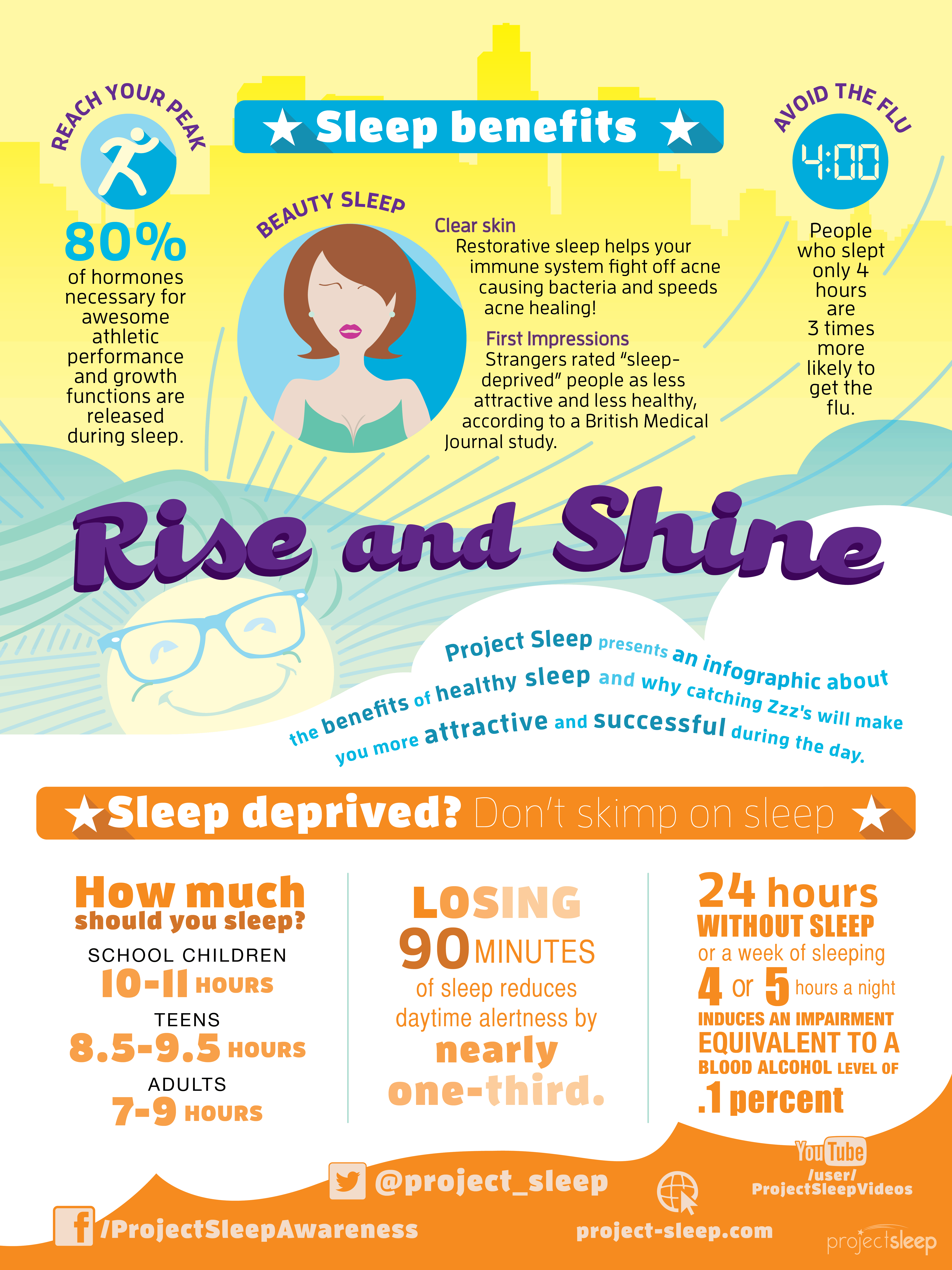Abdominal Rupture Pain Symptoms After Taking In Food: Reasons Behind It And Monitoring Methods

Writer-Glerup Peck
If you have actually experienced stomach hernia pain after consuming, you're not the only one. This pain often arises from the stress on a weakened location of your abdominal wall surface throughout digestion. You may observe sharp or aching discomfort, bloating, or even a noticeable bulge. However what can you do to take care of these signs and symptoms? Understanding https://sites.google.com/view/iskandarcenter/hernia-pain/ in between hernias and post-meal pain is the first step towards finding alleviation. Let's explore this even more.
Understanding the Web Link Between Hernias and Post-Meal Discomfort
When you consume, your body goes through a complex procedure of food digestion that can occasionally activate pain if you have a hernia. This happens because a hernia happens when an organ or tissue protrudes via a weak point in the stomach wall surface.
As food moves via your digestion tract, it might put pressure on this damaged area. You might really feel pain or pain, especially after consuming larger dishes or specific foods that trigger bloating.
Additionally, the movement of your intestinal tracts throughout digestion can exacerbate the hernia, leading to much more intense sensations. Comprehending Gallbladder Or Hernia Pain is essential, as it aids you identify potential triggers and make nutritional modifications to take care of discomfort successfully.
Keeping an eye on what you consume can give useful understandings.
Common Symptoms of hernia Discomfort After Eating
If you have a hernia, you might notice certain signs and symptoms after eating that signal pain. Generally, you may experience sharp or aching pain in your abdomen, particularly around the hernia site. This pain can heighten after dishes, especially if you have actually eaten a huge portion or hefty foods.
Bloating and gas are also frequent grievances, making you feel annoyingly full. You may also notice a visible bulge in your abdomen that becomes more pronounced post-eating.
Queasiness and periodic vomiting can take place, especially if the hernia is causing a blockage. If you find yourself experiencing these signs continually after meals, it's crucial to seek advice from a health care expert for correct examination and suggestions.
Strategies for Managing hernia Discomfort After Meals
To handle hernia discomfort after dishes efficiently, take into consideration making some nutritional and lifestyle adjustments.
Beginning by consuming smaller, a lot more constant dishes instead of huge parts, which can lower stress on your abdominal area. Concentrate on low-fat, high-fiber foods to alleviate digestion. Avoid spicy, acidic, or fried foods that may activate discomfort.
In addition, preserve a healthy and balanced weight to lessen strain on your stomach wall surface.
After eating, try to continue to be upright for at least two hours to assist digestion; this can assist prevent pain. Mild tasks like walking can additionally advertise food digestion, yet prevent extreme exercise immediately after meals.
Remaining hydrated is vital-- drink a lot of water throughout the day to sustain digestive wellness and general health.
Verdict
To conclude, if you're experiencing abdominal hernia pain after eating, it's crucial to acknowledge the connection in between your diet plan and your signs and symptoms. By embracing smaller, more regular meals and staying clear of trigger foods, you can considerably lower discomfort. Remaining upright and interesting in light task post-meal can additionally assist. Don't wait to seek advice from a medical care expert if your signs linger. Taking these steps can boost your comfort and enhance your total wellness.

